The Community-Led Innovation Partnership (CLIP) Annual Workshop was held from May 5th to 9th , 2025 in Antigua , an ancient city about an hour’s drive from Guatemala City, the capital of Guatemala . As this year marks the final year of the program, partner organizations from each country gathered to discuss CLIP’s achievements and future developments . ADRRN Tokyo Innovation Hub (ATIH) participated as a coordinating team of CLIP.
The workshop participants were warmly welcomed by Asociación de Servicios Comunitarios de Salud (ASECSA) , a national partner of CLIP and the host of the workshop, and guided by the Mayan spiritual advisor through the workshop.
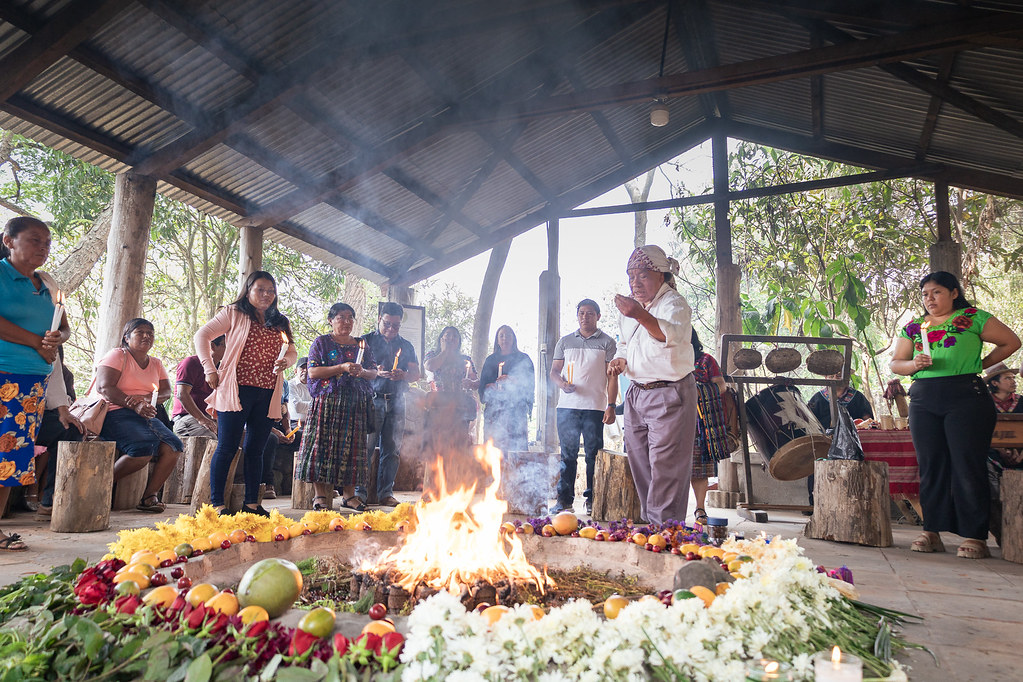
[Mayan-style workshop opening ceremony @ASECSA]
CLIP (2020-2025) is a partnership program being implemented across four countries : Guatemala, the Philippines, Indonesia, and South Sudan. Our aim is to support communities at risk of disasters and conflict to identify issues, think of and implement solutions, maintain and develop them, and take ownership of the entire process. Over the past four years, CLIP have provided financial and non-financial support to over 100 community-led projects. Through the partnership, we seek to fundamentally change the colonial approach to humanitarian assistance, and return sovereignty to communities at risk.
The highlight of this workshop was the presentations by CLIP project members (we call them ‘innovators’) from all over Guatemala. The ideas included making effective use of rainwater, producing organic fertilizer, manufacturing improved looms, and building greenhouses, all of which the innovators had improved through trial and error before putting to practical use. While the presentations revealed the serious impacts of climate change on the community’s livelihood, including agriculture, fisheries, water for daily use, they also demonstrated how much communities could do to address the issues on their own with a little external support.
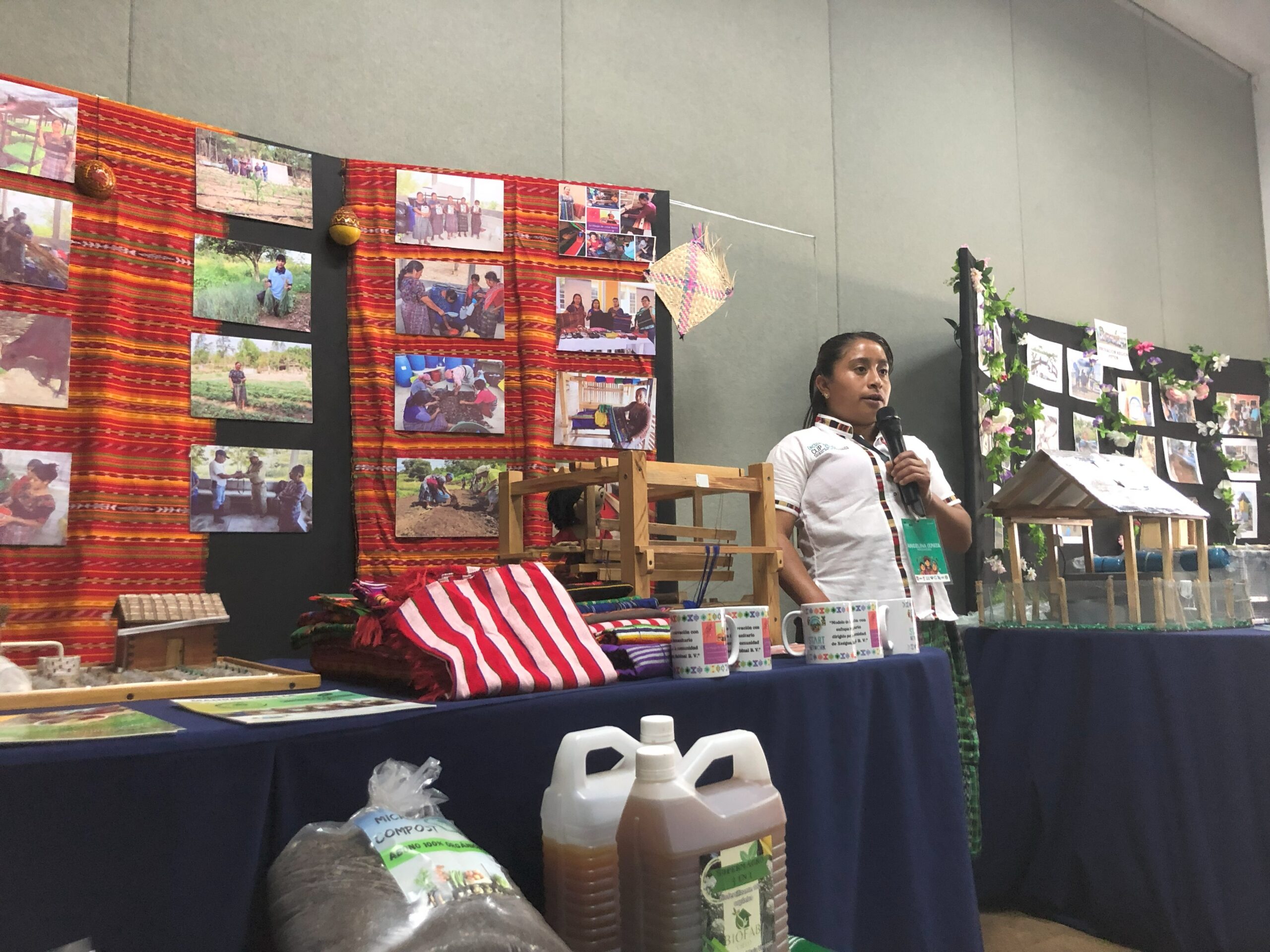
[Innovators giving presentations about the CLIP project]
Also during the workshop, we had an opportunity to visit innovators from a village in Peten department in northern Guatemala, with a population of about 200 people, situated near the Mexican border. When we landed the nearest airport in the morning, just before the rainy season, the temperature was already 39 degrees. On the way to the village by car, the unpaved road was so dry that you could not see your surroundings because of the dust rising from the ground. Yet, the village is said to be submerged by floods during the rainy season. Droughts and floods make life in the village difficult.
Through the CLIP, the community members had discussed the village’s challenges, and the community innovators came up with an idea of the floating tilapia farm on the river, creating a system that will ensure that the source of income is not interrupted even during droughts or floods. The innovators showed us the tilapias with joy, and told they were sold at the market for $2 per each. The economic impact on the community was evident. The CLIP project brought new ways of thinking and behavior to this village, where the only option used to be enduring disasters. Even an elementary school girl was helping with the farming, and it’s just exciting imagining how innovation culture would be passed on to the next generation.
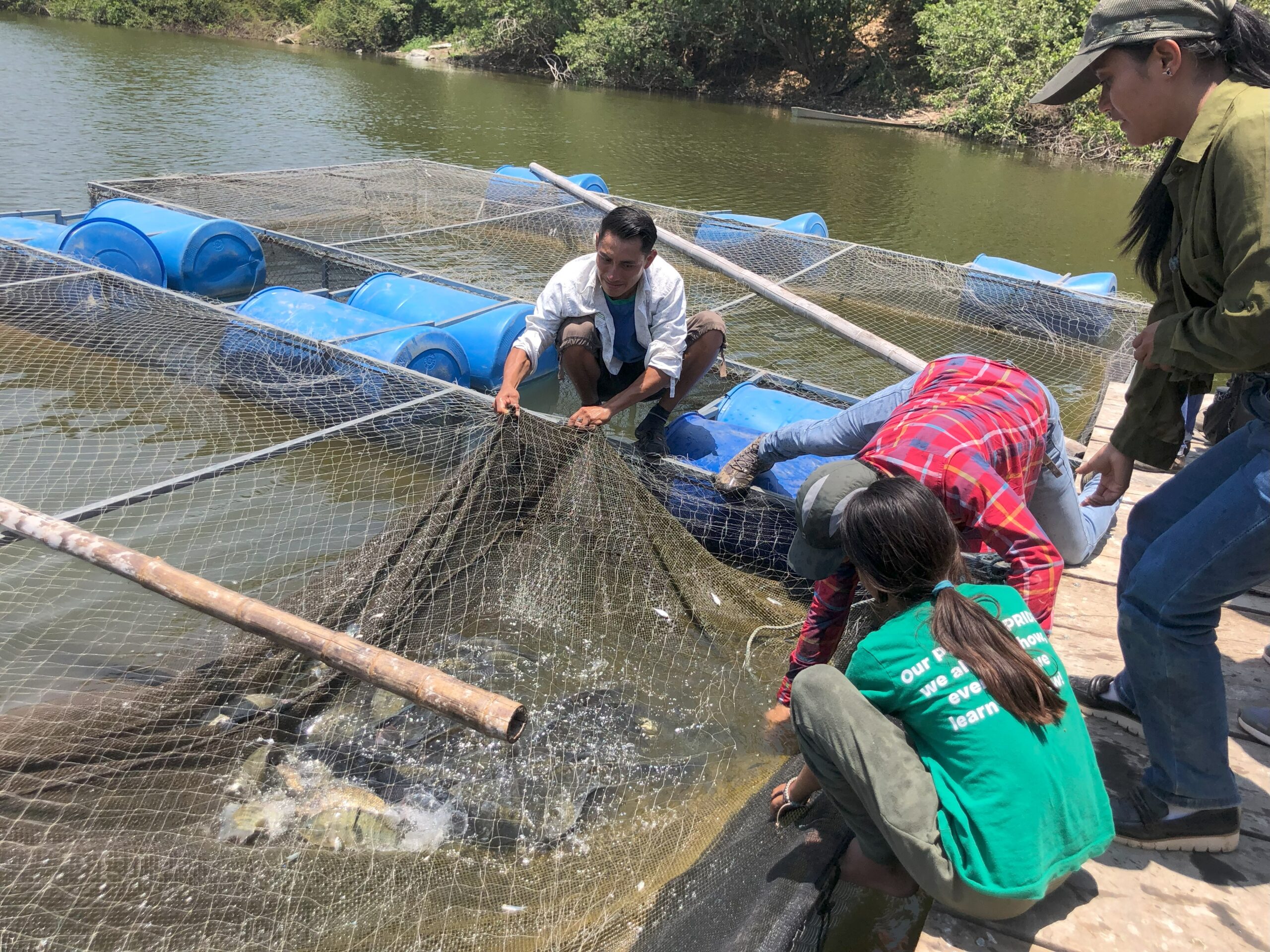
[Innovators check the growth of farmed tilapia @CWS Japan]
In the second half of the workshop, after reaffirming the value of CLIP, which has been built up with the community over the past four years, a lively discussion was held on how to continue and develop it . For example, the importance of visualizing changes in resilience and its components such as leadership, social connections, and inclusiveness, which cannot be explained quantitatively, was confirmed. In addition, as cases of collaboration with local and central governments are increasing in Indonesia and the Philippines, it became clear that research into ways to collaborate with governments through mutual learning between countries is necessary. Furthermore, in light of the trend of reductions in official aid by traditional Western donors, it was agreed that it is necessary to prioritize advocacy at the global level and the development of emerging donors.
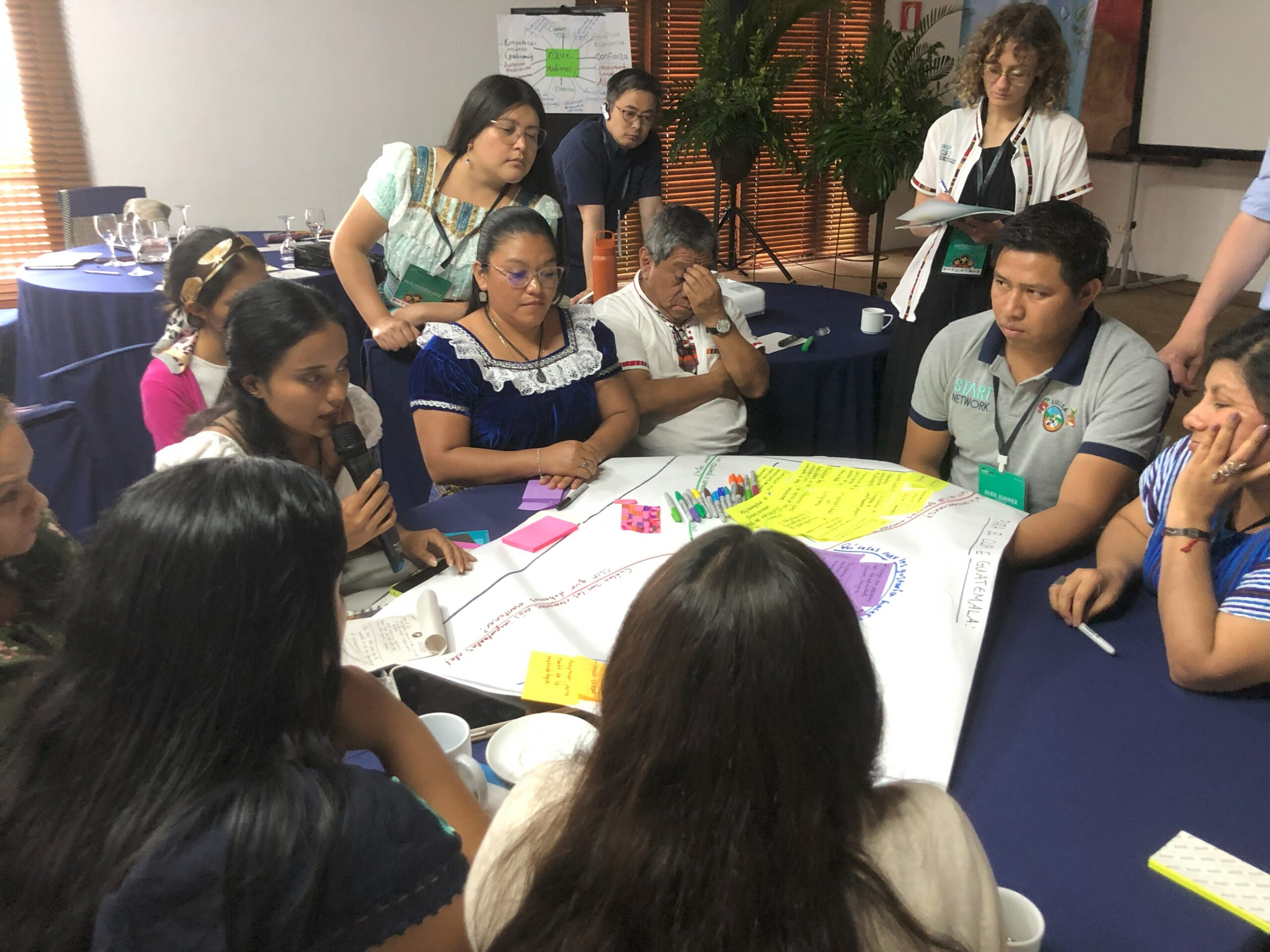
[Discussion on the survival and development of CLIP with Guatemalan partners at CWS Japan]
On the flight back home after the one-week workshop, I was thinking what it means to be part of the CLIP. Community-led approach to increase resilience takes time and effort, and preventive efforts in humanitarian aid are not popular in the sector, especially under current circumstances in which nationalism and isolationism dominates. It requires so much effort to mainstream community-led approach. Nevertheless, what I saw in Guatemala this time was irreversible change brought about by strong leaderships and innovative mindsets. I believe such changes will continue to spread around the world, and the role of initiatives like CLIP in supporting this spread will only become more important in future.
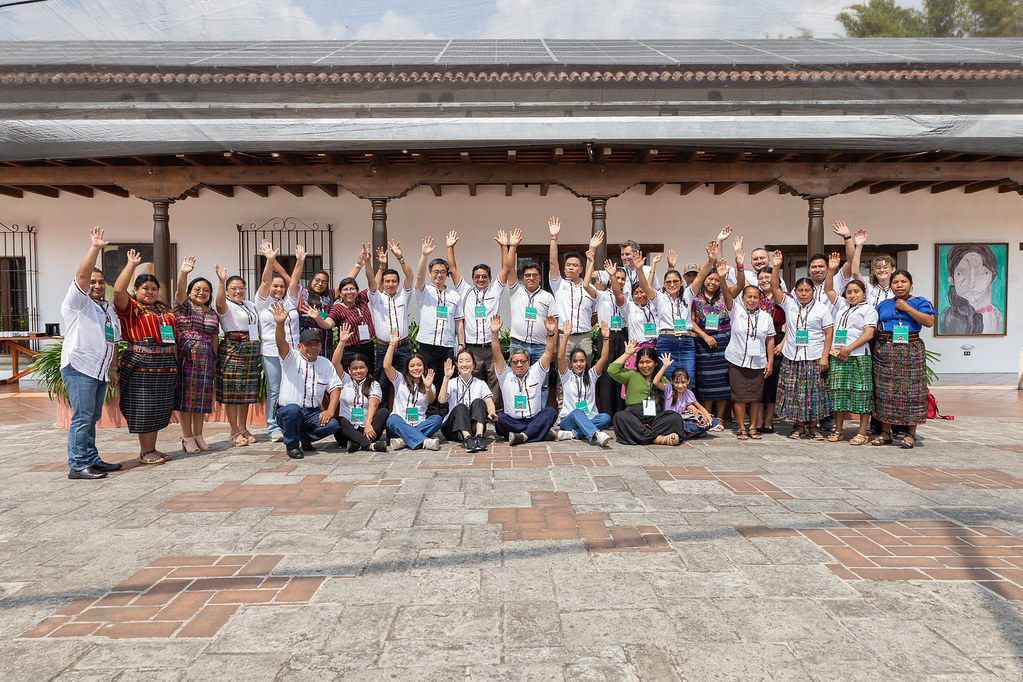
[Workshop participants]
—
Ikue Uchida (Regional Innovation Coordinator)